On Monday, May 8th (Beijing time, May 8th), at the Google I/O conference held at the Coastline Amphitheater in Mountain View, California, Google officially released a stand-alone operating system for home appliances and other devices. Android Things, the company has previously released similar systems for cars, smart watches and televisions.
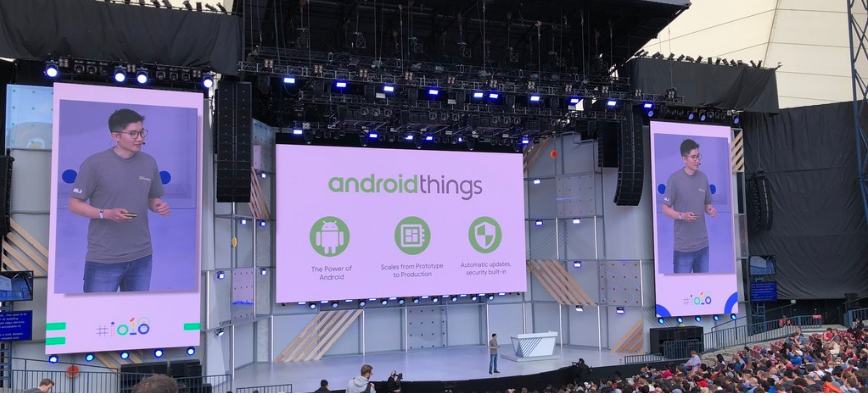
According to Google, in the past, there was no standard in the Internet of Things, which caused developers to encounter three problems during the development process. One was a bad developer experience, and because of this experience, it brought slower device construction. Speed, coupled with wasted time and resources, resulting in expensive development costs, and more importantly, the cost of building security protection is too high, making users vulnerable to the use of IoT products.
In order to protect the security of IoT devices, Google decided to provide 3 years of free updates for every Android Things device, including monthly security updates, as well as occasional major updates. Google will also provide an extended update service if needed.
The reason that IoT devices are not updated frequently is similar to the reason that Android phones are not updated frequently - manufacturers don't want to update. Android's market share in each field is lower than the manufacturer's custom Android version, and because the latter does not pre-install related applications, it is difficult for Google to profit from it.
This situation is particularly evident in China, and as a result, Google decided to take back the product update.
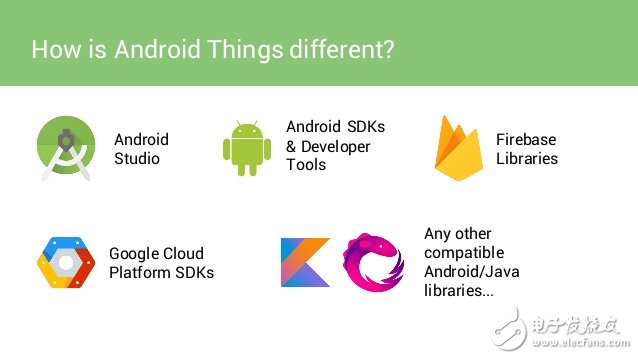
Android Things is a closed source operating system, and the update process is quite central, mastered in the Valley singer. It’s quite reasonable and easy to do it by Google’s shoulder to ensure the security of the Internet of Things. Although Google does not charge Android vendors for Android license fees, it is expected to benefit users when they use new devices to search for information, watch videos, and purchase apps.
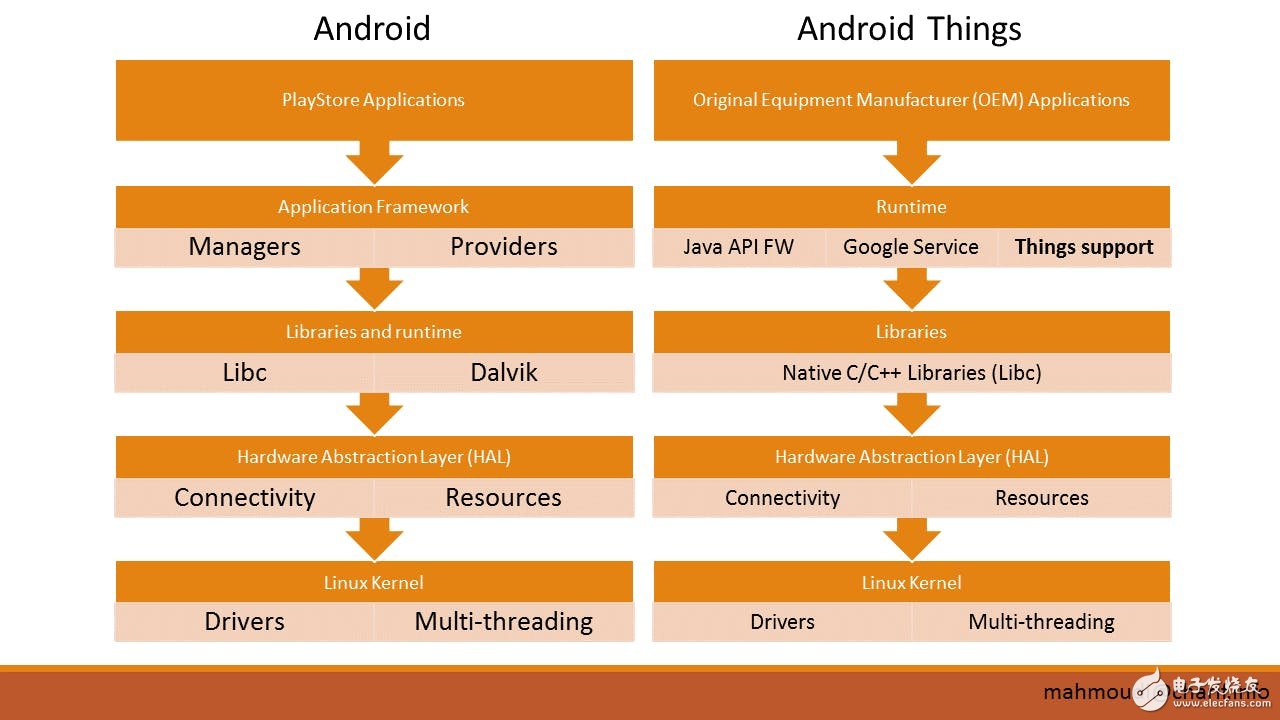
Android Things came out in December 2016 and has been available in 8 RC versions until the official release of version 1.0. Android Things offers Wi-Fi, Bluetooth low energy and Weave communication protocols, allowing developers to develop the Internet of Things applications they want.
The Android Things system will introduce the Google Assistant virtual assistant into refrigerators, robots, cash registers and vending machines. "The goal of this project is to make them faster, cheaper, and safer," said Venkat Rapaka, director of product management at Google.
The purpose of these derivative systems for Android is to allow users to use a consistent interface across different devices, while Google and its business partners can distribute applications in a standard way.
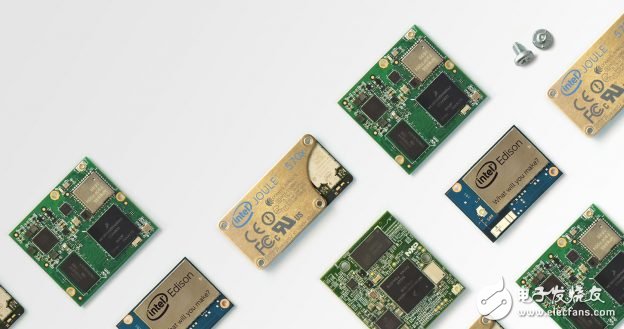
Google also announced support for NXP i.MX8M, Qualcomm SDA212, Qualcomm SDA624, and MediaTek MT8516 as the base system modules (SoMs, which are more powerful than SoC, but larger and cheaper), plus the Raspberry Pi that was previously supported in the preview version. 3 Model B and NXP i.MX7D modules. These are built on the Android ecosystem (Android for IoT), using apps from Google and third-party partners, and ensuring long-term, secure updates, including resources from Google Play
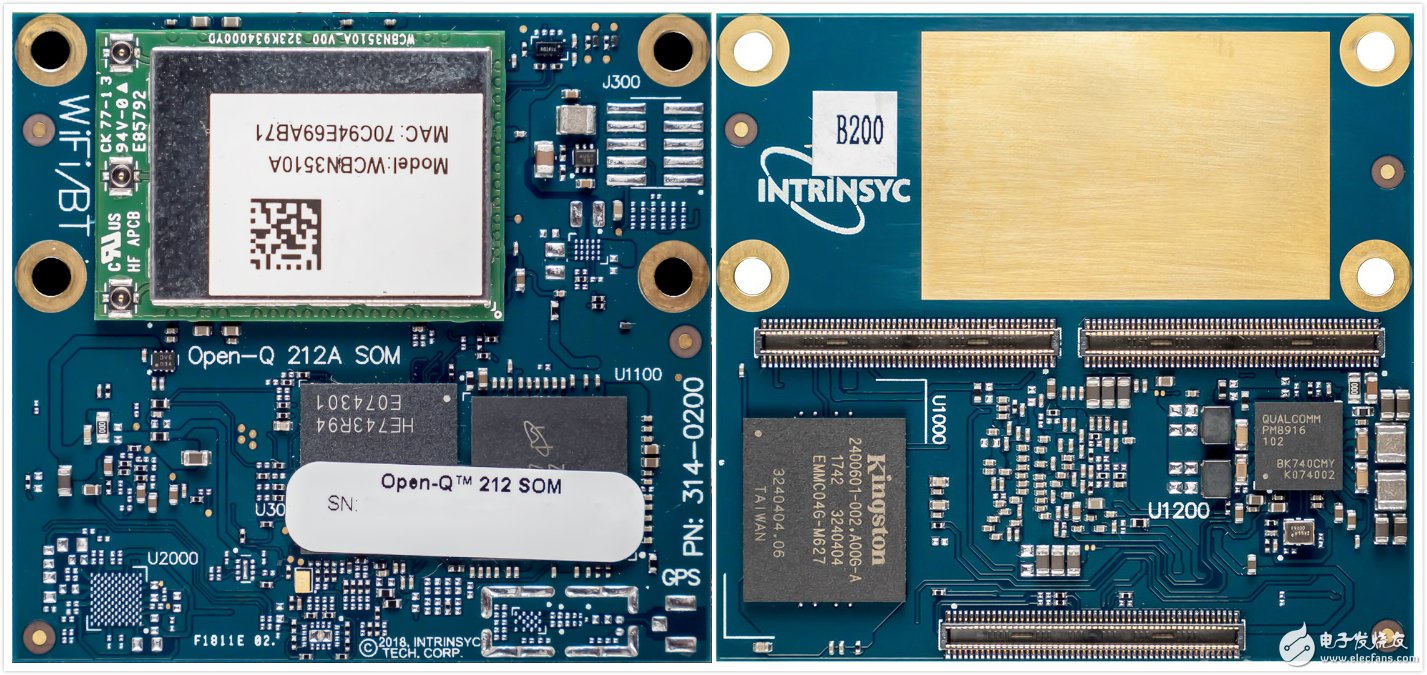
Google's Intrinsyc Open-Q 212A SoM, featuring the SDA212 with Qualcomm's Snapdragon 212 processor, 1GB of memory, 4GB of storage, Wi-Fi, Bluetooth and a number of expansion options, all packed in 50mm x 46.5mm boards on.
However, software updates using the Android Things Console are limited to 100 active devices for non-commercial use. In fact, Google has developed smart speakers and smart displays with LG, Lenovo, JBL, and iHome. These vibrators have built-in features such as Google Assistant and Google Cast, and they are already available this summer.
Some client may feel that 10th Laptop is little old, so prefer 11th Laptop or 12th laptop. However, you will the 10th cpu is even more powerful than 11th, but price is nearly no difference, especially you take in lot, like 1000pcs. As a professional manufacturing store, you can see Laptop i3 10th generation 8gb ram,i5 laptop 10th generation, intel i7 10th gen laptop, etc. It`s a really tough job selecting a right one on the too many choices. Here are some tips, hope help you do that easier. Firstly, ask yourself what jobs you mainly need this Gaming Laptop to do. Secondly, what special features you care more? Like fingerprint, backlight keyboard, webcam rj45, bigger battery, large screen, video graphics, etc. Finally, ask the budget you plan to buy gaming laptop. Thus you will get the idea which laptop is right one for you.
Except integrated laptop, also have graphic laptop with 2gb or 4gb video graphic, so you can feel freely to contact us anytime and share your basic requirements, like size, cpu, ram, rom, video graphics, quantity,etc. More detailed value information provided in 1-2 working days for you.
10th Laptop,Laptop I3 10th Generation 8gb Ram,I5 Laptop 10th Generation,10th Generation Laptop,Intel I7 10th Gen Laptop
Henan Shuyi Electronics Co., Ltd. , https://www.shuyioemelectronics.com